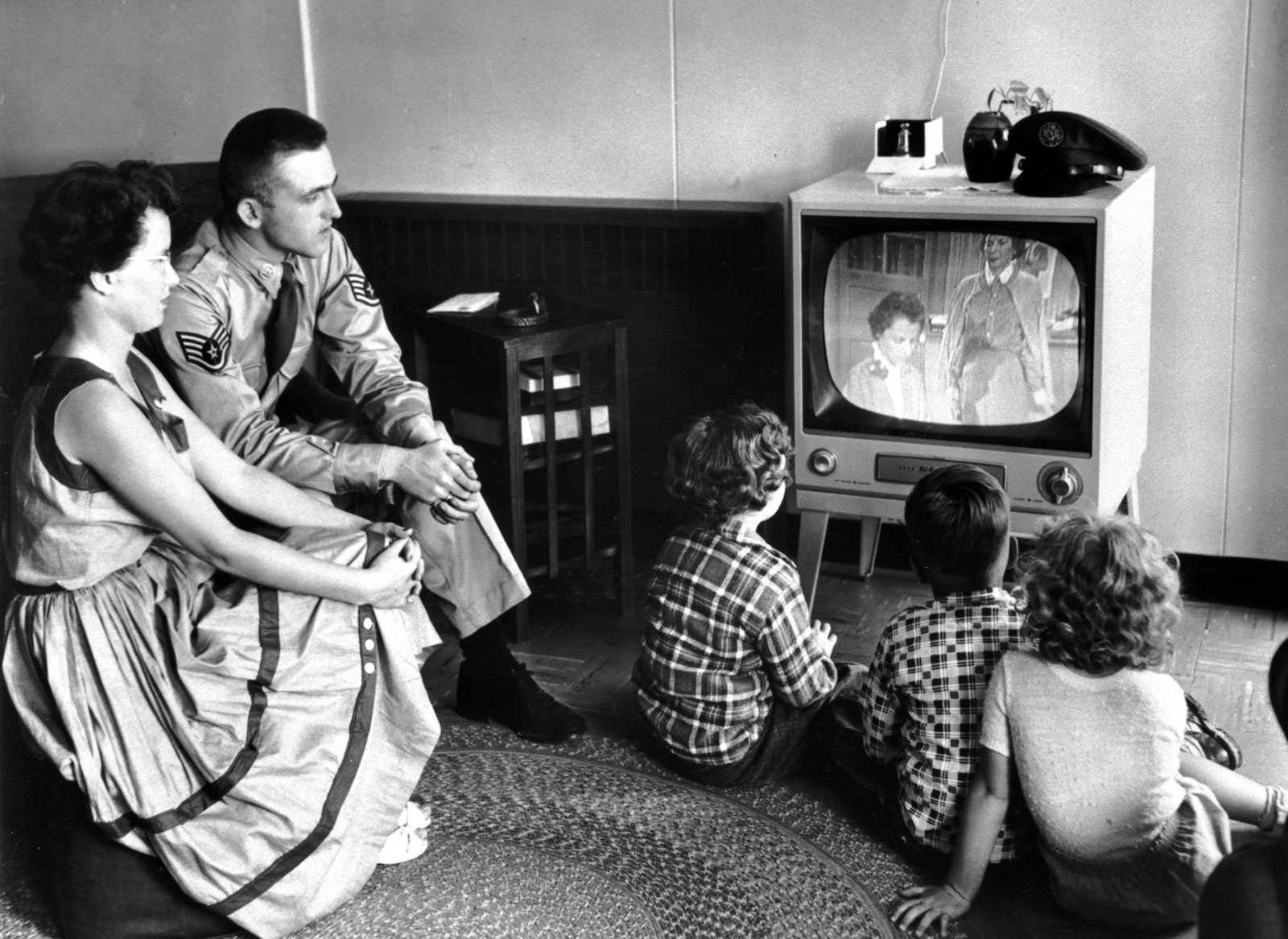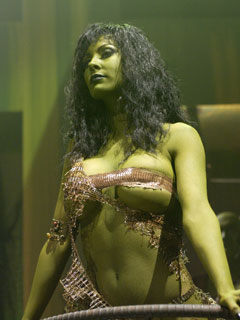I received a Harmony Ultimate from Logitech because I own several Logitech Harmony One Advanced Universal Remote remotes and have recommended them highly. I was looking forward to the Harmony Ultimate, since I had given an unfavorable review to the Harmony Touch, and I was hoping that the Harmony Ultimate would correct the design deficiencies of the Harmony Touch. It does correct some problems, but it also introduces new ones. Here are some good things and bad things:
Good things:
- The removal of the number buttons to make the Harmony Ultimate a more convenient size was a good move. The on-screen numbers are easy to find, when they are needed.
- Overall, the size of the Harmony Ultimate is convenient and comfortable.
- Most of my settings were successfully imported from one of my Harmony One settings, so that saved me some time during set-up.
- Having a dedicated button for the DVR and for the four colored buttons is a great addition.
- The remote comes with a “hub” and a pair of “IR blasters”, which one could place in a cabinet to control concealed electronics. That’s nice, I suppose.
Unfortunately, there are quite a few things that make the Harmony Ultimate a bad fit for my living room experience.
- The location of the play-stop-forward-reverse buttons to above the screen makes using the Harmony Ultimate more awkward than using the Harmony One, even though the Harmony One is significantly larger. Using the play-stop-forward-reverse buttons on the Logitech Harmony One Advanced Universal Remote can be done one-handed. On the Harmony Ultimate it requires awkwardly shifting the position of the hand, or using two hands. This is a significant step backward in usability. However, what’s worse is….
- Putting the touch-sensitive screen between the play-stop-forward-reverse buttons and the up-down-left-right buttons is a terrible design. I was constantly hitting the screen when trying to use the play-stop-forward-reverse buttons, causing all sorts of mayhem. This rendered the remote useless.
- The addition of “favorite channels” is a needless complication. Every DVR has favorite channel lists built in.
- The Harmony Ultimate itself does not control a Roku box. The remote *only* sends commands to the Roku box through the “IR blaster” widgets. For me, this would require putting the Harmony Ultimate “hub” in my already crowded entertainment cabinet and re-arranging it so that the Roku box can face one of the “IR blasters”. Why not just have the remote itself send the commands? That’s what the Harmony One does,and it works perfectly. Even the Harmony Touch was able to get this right. This is a bad design.
- The Harmony Ultimate does not have physical buttons for “skip forward” and “skip backward”. To activate those frequently-used commands, you have to hold down the “fast forward” and “rewind” buttons. This is a bad design.
- There is no obvious way to access the commands for Devices, in order to send a command directly to one of your components. On the Harmony One, the “Devices” button is always easily accessible at the bottom of the screen. On the Harmony Ultimate, the Devices button is hidden in an on-screen sub-menu.
- After the activities are set up, they are listed on the screen, much like they are on the Harmony One (a great improvement over the Harmony Touch). However, the on-screen button for the bottom-most activity is located *behind* the on-screen “Menu” button for the remote itself (this menu is where the “Devices” menu is hidden). This makes accessing that fourth activity … difficult.
Conclusion: in a world where the Logitech Harmony One Advanced Universal Remote had never been invented, the Harmony Ultimate would be a nice addition to any living room. However, the Harmony One does exist, and has existed for years. That being the case, there is really no excuse for the flaws in the design of the Harmony Touch.
Suggestions for the Harmony Two, or the Harmony Ultimate Plus, or whatever the next version will be called:
- Put all of the physical buttons, including the play-stop-forward-reverse buttons, below the screen, where the user can reach them with one hand.
- Have physical buttons for “skip forward” and “skip backward”, located beneath the “fast forward” and “rewind” buttons, as the Harmony One currently does.
- Do not put any physical buttons above the touch-sensitive screen.
- Eliminate the “Favorites” screen and replace it with a list of the user’s “Devices”.
![[x]](/images/sigil_md.jpg) Blackmoor Vituperative
Blackmoor Vituperative





